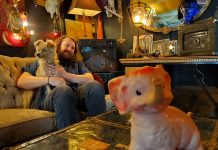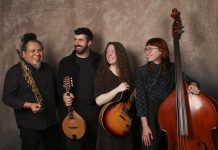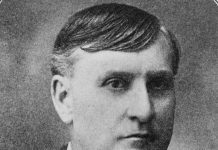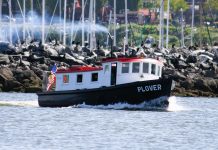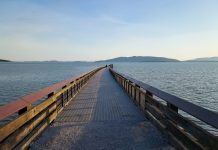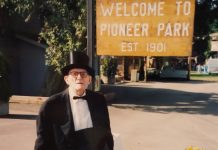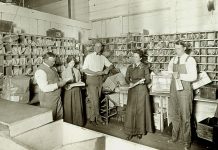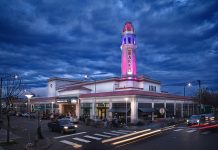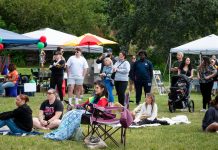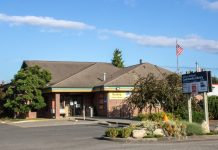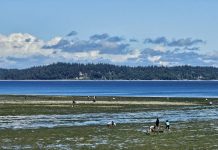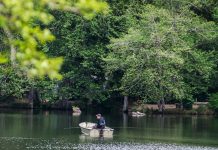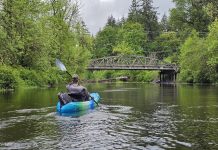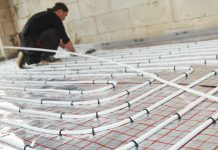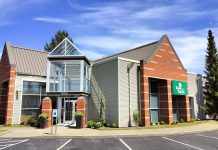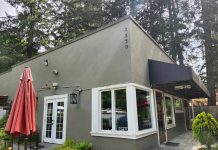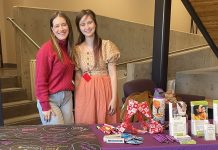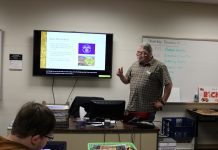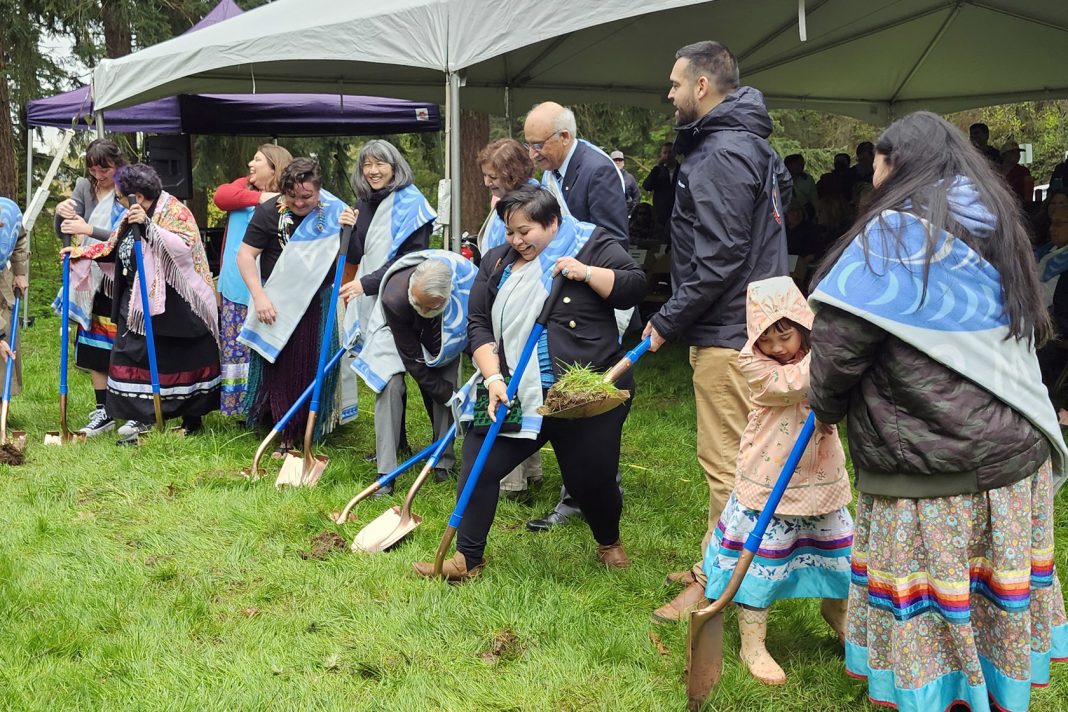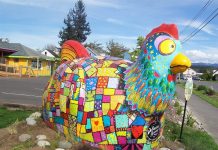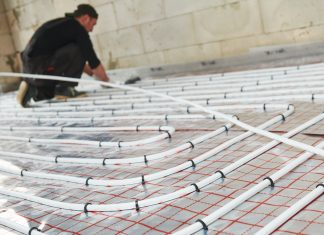Western Washington University’s land acknowledgment states: “We gather today on the ancestral homelands of the Coast Salish Peoples, who have lived in the Salish Sea basin, throughout the San Juan Islands and the North Cascades watershed, from time immemorial. Please join me in expressing our deepest respect and gratitude for our Indigenous neighbors, the Lummi Nation and Nooksack Tribe, for their enduring care and protection of our shared lands and waterways.” To honor this history and promote cultural renewal, the school is building a Coast Salish style longhouse: the House of Healing.
This project is coming to fruition after years of labor by Western’s Office of Tribal Relations and Native American Student Union (NASU), with support from Northwest Indian College, Lummi and Nooksack tribal leaders, and the state legislature.
“The mission came about after I was hired back in 2019, and all of this came about through the Native American Student Union group,” says Tribal Liaison Laural Ballew. “NASU wrote a letter in 2016 to Bruce Shepard, the previous [WWU] president who was outgoing, and Sabah Randhawa who was coming in, asking for five things: a Tribal liaison, full funding for the NASU powwow, a longhouse, government-to-government training, and verification of student enrollment. When I came in, those other four things became my goals and I started working on them.”
Slated for completion by summer 2025, the longhouse will host gatherings, ceremonies, and other opportunities for Native education and healing.
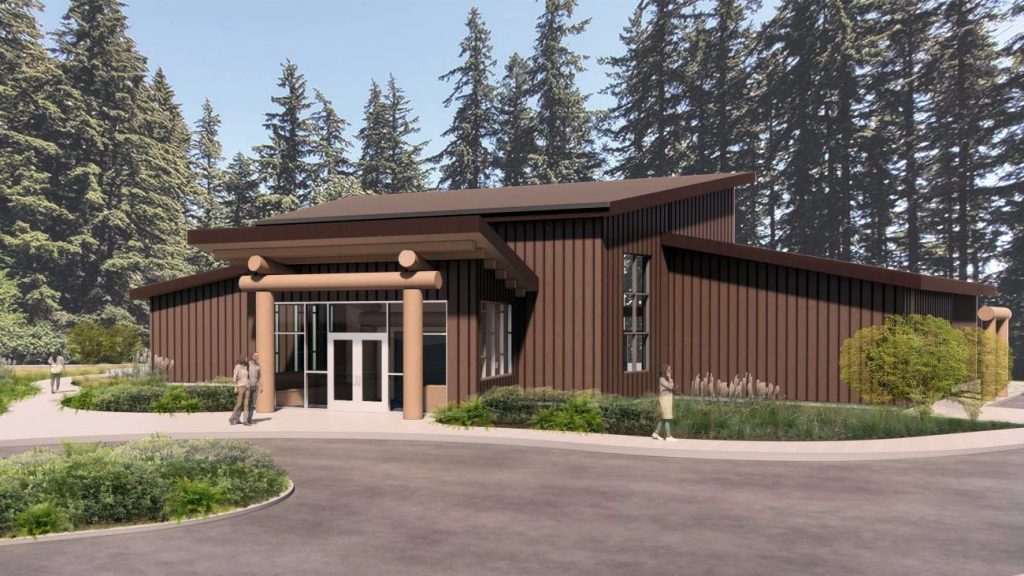
Cultural Education
The House of Healing will provide space for Indigenous Studies classes and NASU events.
“It puts action behind our land acknowledgement, that there’s more than words,” Ballew says. “By building this space and a welcoming place for Native students, faculty, and staff — and all of Western and Whatcom County — and building on partnerships in recognizing it, we’re sharing our Indigenous knowledge.”
The longhouse will occupy a vacant field at Sehome Hill Arboretum, near lower parking and hiking trails.
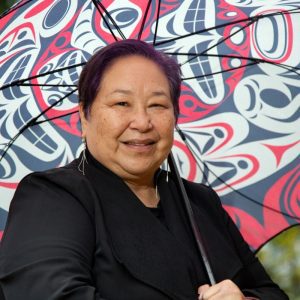
Promoting Healing
Between 2021 and 2023, the project met its goal for state funding.
“Grant funding from Representative Rick Larsen helped us cover that cost,” says Ballew. “And there will also be classroom space for a food sovereignty program that is really big and the students are interested in. There is a large gathering and lawn area, and we hope to be able to build gardens on the outside. So it’s a lot of classes and teachings that we’re going to be able to still practice here at Western, and then share with the university.”
The immediate plan, which promotes healing from the COVID-19 pandemic, draws from a decades-long campus plan to promote healing from the centuries-long history of intergenerational trauma, genocide, injustice, inequity, and grief all Native cultures have survived.
“It has a lot of influences from the Coast Salish style of longhouses and the idea of it is a place for gathering,” Ballew says. “We had a conversation with the president on how we’re going to prepare for students to come back after the pandemic; we came up with the idea of a healing space, and hence the House of Healing about how we can all come together.”
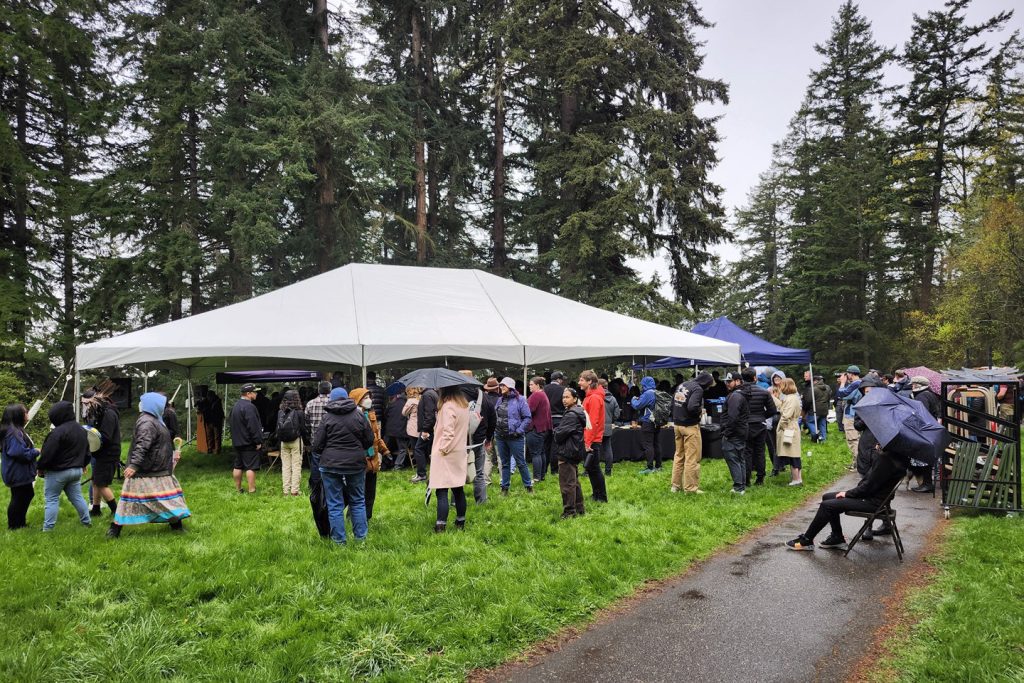
Building a Brighter Tomorrow
The Office of Tribal Relations accepts donations and encourages letters of support to strengthen its community partnerships.
“State legislature came in with $4.5 million,” says Ballew. “That left us with a $500,000 grant we were able to secure from generous donations by Mount Baker Foundation, Washington Educational Credit Union, Whatcom County, the Jamestown S’Klallam Tribe, Muckleshoot Tribe, Swinomish, Stillaguamish, Nooksack and Tulalip Tribes. That helped us fill that gap. And then, for the program development, we received $450,000 from U.S. Representative Rick Larsen’s Office.”
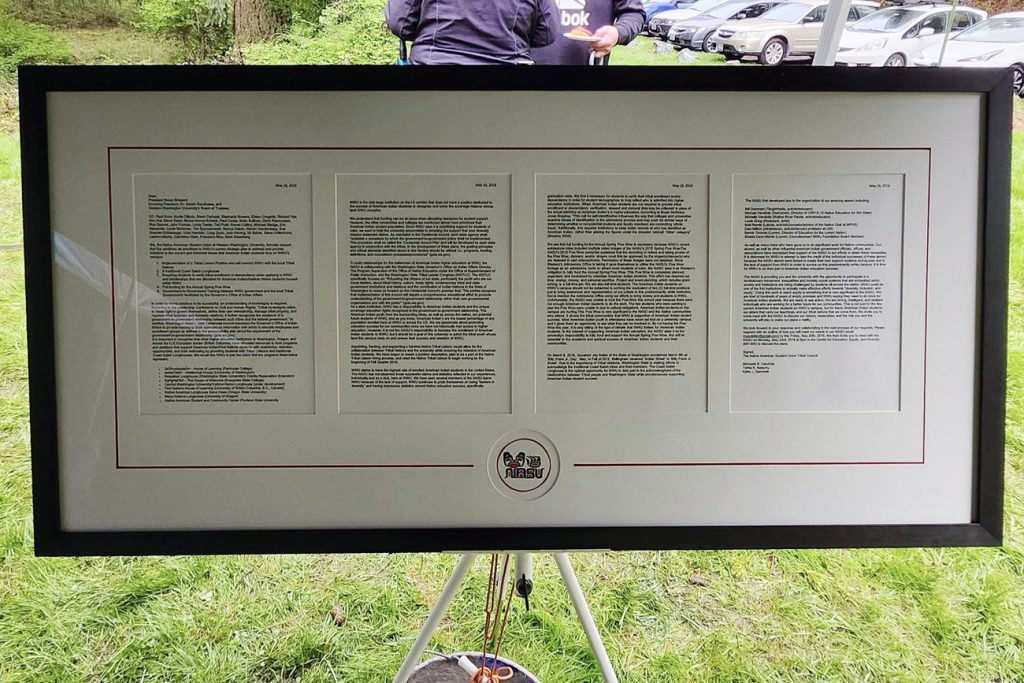
On April 11, 2024, the Blessing and Ground-Turning Ceremony for the House of Healing saw hundreds in attendance and speeches from Ballew, NASU students, tribal leaders, and President Randhawa. The president issued a formal apology for racist teachings in Western’s history and reiterated the university’s commitment to backing reconciliation with action.
“The impact has been huge within the tribes — I have received a lot of overwhelming support from the tribes of Washington, Oregon, and Idaho,” Ballew says. “And locally, especially within Western, past alumni and present have been overwhelmingly supportive. Everyone is excited and the City of Bellingham and Whatcom County have helped support it.”
To stay updated on the House of Healing project, visit the Office of Tribal Relations website or NASU’s Facebook and Instagram.

